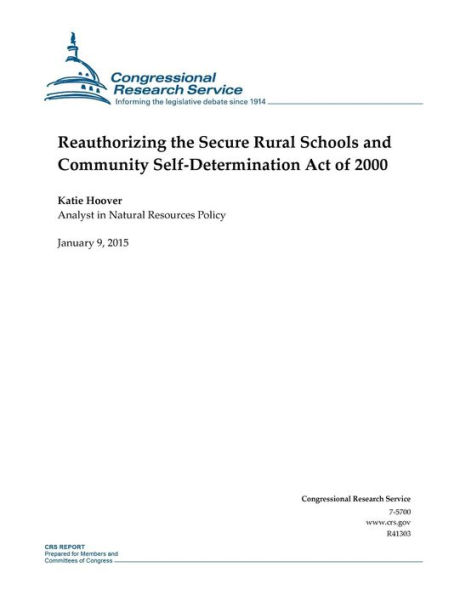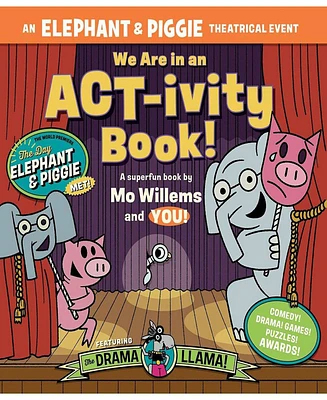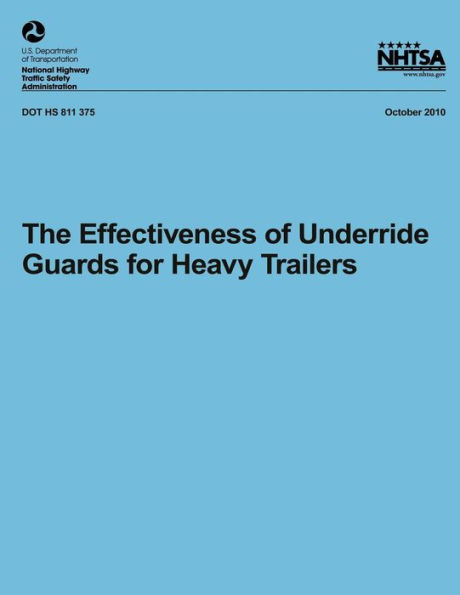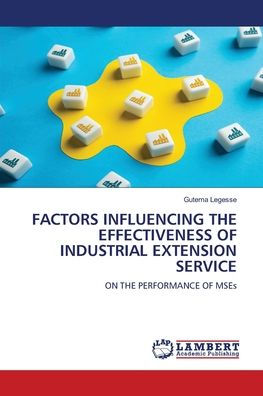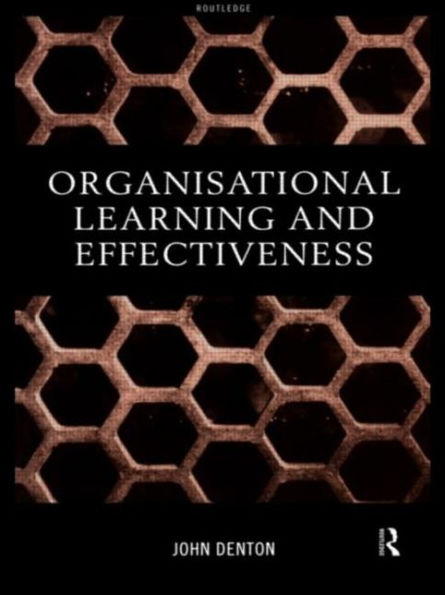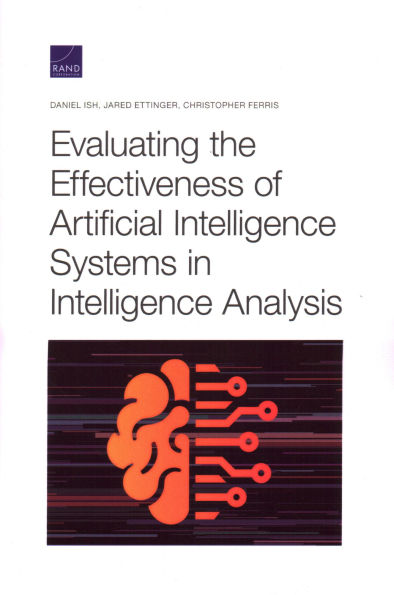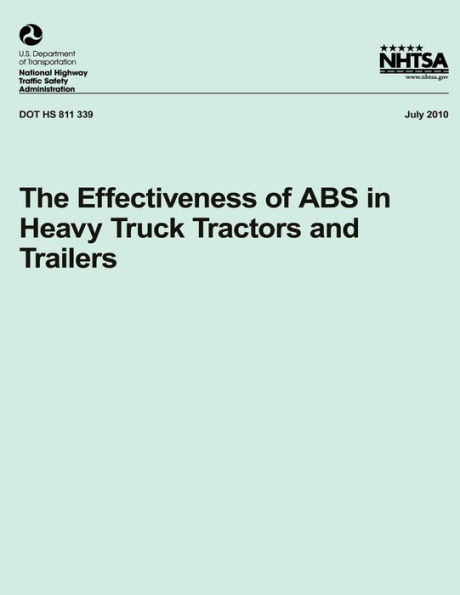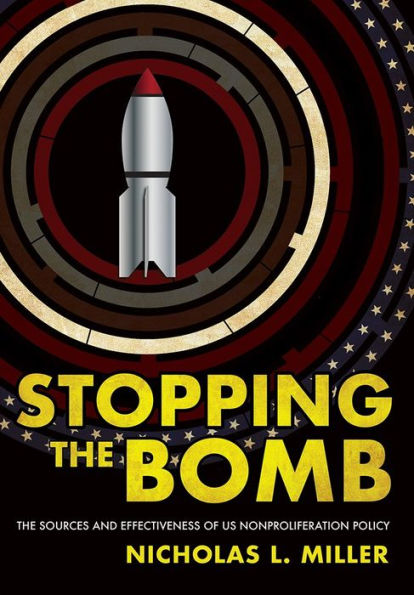Home
The Effectiveness of the Community Reinvestment Act
Loading Inventory...
Barnes and Noble
The Effectiveness of the Community Reinvestment Act
Current price: $19.95
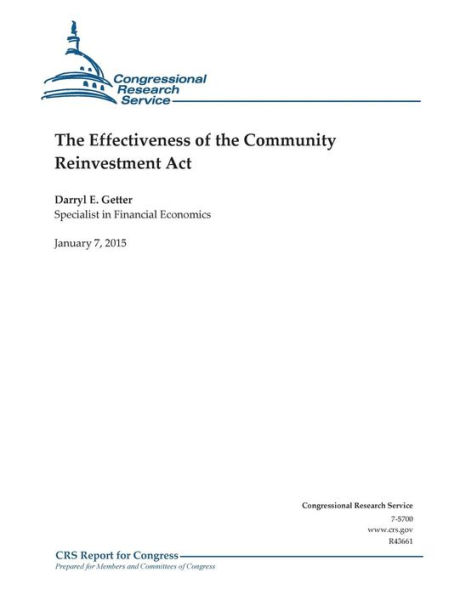

Barnes and Noble
The Effectiveness of the Community Reinvestment Act
Current price: $19.95
Loading Inventory...
Size: OS
*Product Information may vary - to confirm product availability, pricing, and additional information please contact Barnes and Noble
The Community Reinvestment Act (CRA; P.L. 95-128, 12 U.S.C. §§ 2901-2908) addresses how banking institutions meet credit needs in low- and moderate-income (LMI) neighborhoods. The federal banking regulatory agencies-the Board of Governors of the Federal Reserve System, the Federal Deposit Insurance Corporation (FDIC), and the Office of the Comptroller of the Currency (OCC)-currently implement the CRA. The regulators conduct examinations to evaluate how banks are fulfilling the objectives of the CRA and issue performance ratings. Having a satisfactory or better CRA rating is desirable when banks request to merge with other banking institutions. The CRA, which was enacted in 1977, was subsequently revised in 1989 to require public disclosure of bank CRA ratings and for the CRA examination to have a four-tiered system of descriptive performance levels (i.e., Outstanding, Satisfactory, Needs to Improve, or Substantial Noncompliance). In 1995, the CRA examination was customized to account for differences in bank sizes and business models. In 2005, the bank size definitions were revised and indexed to the Consumer Price Index. The definition of community development was also modified to expand CRA opportunities for public welfare investments. In addition, the CRA has evolved to include consumer and business lending, community investments, and low-cost services that would benefit LMI areas and entities. Congressional concerns regarding the CRA stem from various perceptions of its effectiveness. Some contend that the CRA creates incentives for banks to make loans to unqualified borrowers likely to have repayment problems, which can translate into losses for lenders. Others are concerned that the CRA is not generating sufficient incentives to increase credit availability to qualified LMI borrowers, which may impede economic recovery for some following the 2007- 2009 recession. This report informs the congressional debate concerning the CRA's effectiveness in incentivizing bank lending and investment activity to LMI borrowers. After a discussion of the CRA's origins, it presents the CRA's examination process and bank activities that are eligible for consideration of CRA credits. Next, it discusses the difficulty of determining the CRA's influence on bank behavior. For example, it could be argued that, by encouraging lending in LMI neighborhoods, the CRA may also encourage the issuance of higher-risk loans. Regulators, however, generally do not award CRA credits for payday and most subprime (nontraditional mortgage) loans, even if these loans originated in LMI areas. This regulatory practice suggests the CRA has little or no influence on higher-risk lending. In addition, banks face a variety of financial incentives (e.g., capital requirements, the current interest rate environment, consumer credit demand, and consumer credit history) that influence how much (or how little) they lend to LMI borrowers. Because financial and CRA incentives concurrently exist, it is difficult to separate how much influence should be attributed solely to the CRA. Furthermore, compliance with CRA does not require adherence to lending quotas or benchmarks. In the absence of benchmarks, determining the extent to which CRA incentives have influenced LMI credit availability relative to other factors is not straightforward.
